Have you ever wondered why do cats love boxes? Let’s challenge what we think we know about cats and uncover the mysterious bond between felines and their favorite cardboard boxes.
- The science behind why cats love boxes
- How cardboard boxes provide psychological comfort
- Real-life examples and stories about cats and boxes
- Expert opinions and intriguing facts
Why Do Cats Love Boxes? The Comfort Secret Revealed
Why do cats love boxes? It’s a question that baffles pet owners and cat lovers around the world. From tiny kittens to majestic big cats in zoos, felines are famous for squeezing themselves into every available cardboard box. This love for confined spaces isn’t just a quirk—it’s deeply rooted in their instincts and biology. Cats love boxes because these simple objects offer more than just an amusing hiding spot: they provide warmth, safety, and a perfect place for a nap.
The cardboard box mimics a cozy den, much like the hidden areas wild cats would use for resting or stalking prey. In their natural habitats, both domestic cats and their wild relatives seek out small, snug spaces for security and privacy. Cardboard boxes offer insulation, which retains body heat and helps maintain a cat’s ideal body temperature of 100 to 102.5 degrees Fahrenheit—a key reason these quirky felines can’t resist diving in. For cat parents, placing a box in your living room is like giving your pet a personal fortress where they can feel safe and secure.
But there’s more to this love affair with boxes than meets the eye. Cardboard boxes also provide a mental retreat for cats, giving them a sense of control over their environment. For shelter cats or anxious felines, a good box offers an immediate reduction in stress, acting as a simple but powerful tool for conflict resolution and comfort. Whether they're hiding from household commotion or just looking for a great place to snooze, cats always find solace inside the box.
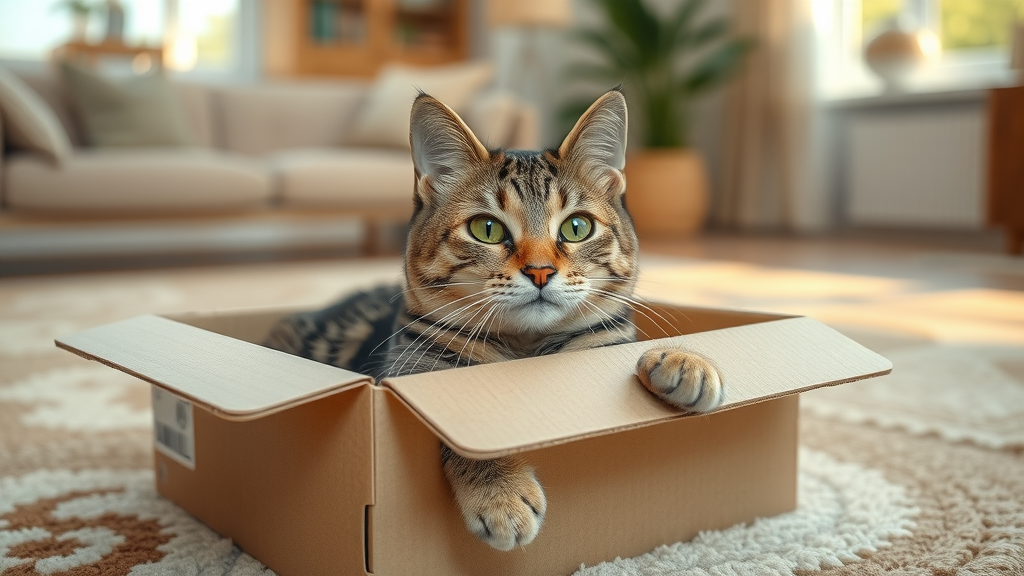
- Cats love boxes for warmth and security
- Cardboard boxes mimic natural hiding spots
- Boxes provide a great place to relieve feline stress
The Science Behind Why Do Cats Love Boxes and Feel Safe
Scientific research reveals that cats love boxes because these snug spaces satisfy deep evolutionary needs. Studies on feline behavior show that when presented with a choice, both shelter cats and domestic cats consistently select boxes over open spaces. The confined space a box offers makes them feel safe , echoing the hiding places wild cats use for protection from predators and harsh elements. For cats, a cardboard box isn’t just a plaything—it’s their sanctuary.
Leading animal behavior experts agree: Boxes provide an important biological advantage. The sides of a box act as barriers, limiting external stimuli and reducing sources of anxiety. This is especially critical for cats, who are naturally both prey and predator. The enclosed space of a cardboard box gives them a psychological edge, offering security from enclosed spaces and opportunities to observe their surroundings without being seen themselves. In fact, environmental enrichment through the simple act of providing boxes can even lower stress levels, especially in stressful places like shelters.
Environmental enrichment—like adding boxes to your cat’s living area—is now recommended by veterinarians and behaviorists alike. Not only do boxes offer privacy and a buffer from overstimulation, but they also give felines a great place for engaging in instinctive behaviors such as hiding, pouncing, and observing. From big cats at the zoo to your own kitten, the appeal of the box is both universal and undeniable.
“A cardboard box is to a cat what a castle is to a king — a haven, a lookout, and sometimes, a playground.”
Cardboard Boxes: Why Are Cats Attracted to Cardboard Box Comfort?
It’s not just the shape or size of the box— cats love boxes because of what the cardboard itself offers. Cardboard is an ideal material for cats due to its unique texture, light insulation properties, and satisfying resistance. When a cat loves a box, it’s because this humble material makes scratching, kneading, and biting deeply enjoyable. The rough surface satisfies their natural need to exercise claws, while the insulated structure retains body heat, creating an irresistibly cozy spot.
Another major reason why cats like boxes is scent absorption. Cardboard soaks up and holds onto their scent, making each box a familiar-smelling territory that reinforces feelings of comfort and security. This is why, after a new box enters your home, you may see your cat claim it within minutes—rubbing, kneading, and scent-marking as they settle in. The box absorbs not only their odor but also their personality, quickly transforming from packaging to personal haven.
As a bonus for cat owners, cardboard boxes are eco-friendly and inexpensive. Unlike high-priced cat beds or towers, boxes offer endless opportunities for play and rest without costing a fortune. They’re recyclable and easily replaced, letting you provide a constant source of joy and stimulation for your feline friend. In every way, cardboard box comfort is a win-win for both pets and pet parents.
- Texture and insulation of cardboard boxes
- Scent absorption and familiar smells in cardboard box material
- The eco-friendly and inexpensive joy of cardboard boxes
Cats Love Boxes for Play and Instinctual Behaviors
Beyond comfort, cats love boxes because they fulfill powerful play instincts. By hiding inside the box and darting from within, cats can simulate the ambush style of hunting used by wild cats . Even domestic cats retain this instinct: they crouch, stalk, and pounce from their cardboard fortress, turning playtime into a mini hunting adventure. Here, their love for boxes comes from an ancient behavioral blueprint shared by their wild ancestors.
Studies show that boxes provide the perfect stage for these playful behaviors. Whether your cat is launching surprise attacks on toys—or sometimes on your feet—the enclosed nature of a box supports their natural ambush tendencies. This environment matches the lurking places wild cats seek out before springing on prey. The thrill of leaping out or peeking through a small space keeps cats physically active and mentally stimulated, which is vital for their well-being.
Most importantly, cardboard boxes offer cats a solitary play zone. This allows them to embrace their independence and playful side, away from household distractions. You’ll often catch your cat spending hours batting at items from inside the box or silently observing their kingdom. It’s proof that something as simple as a box can ignite the joyful side of every cat love affair.
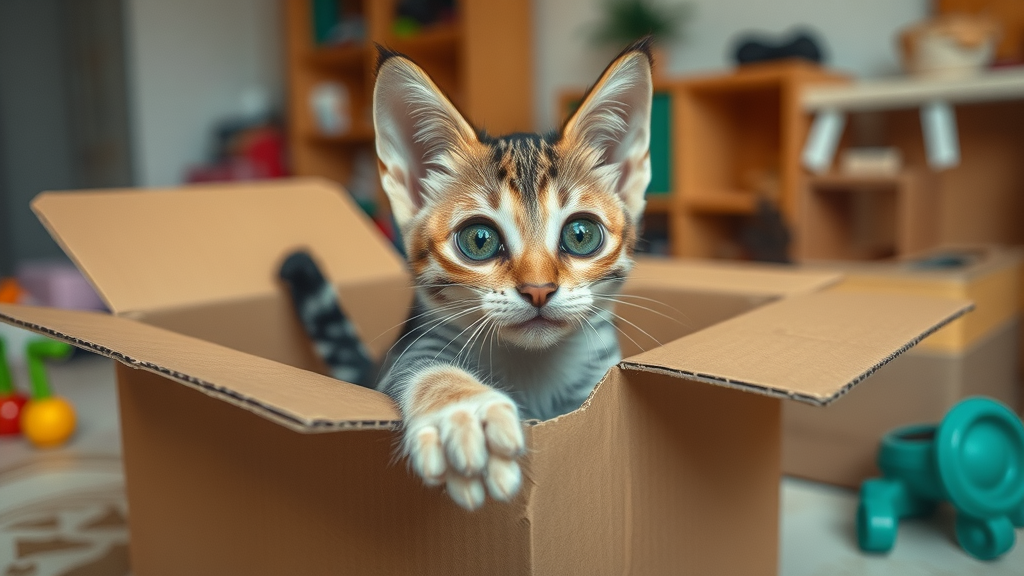
- Stalking and pouncing from hidden spots
- Cardboard box as a hunting simulation
- How cats love boxes for solitary play
The Psychology of Why Cats Love Boxes – More Than Just a Quirk
The answer to why cats love boxes runs deeper than physical comfort or simple play. Psychologically, boxes offer solace for anxious or stressed cats, fulfilling their desire for safety and predictability. In a busy home, even the most outgoing cat can feel overwhelmed by noise, movement, or unfamiliar visitors. A cardboard box acts as a retreat—a space where cats can decompress while still keeping an eye on their environment.
For shy felines and shelter cats , boxes quickly become an emotional anchor. Research has shown that cats provided with hiding places, like boxes, display lower stress levels, faster adaptation, and even improved immune function. This is why animal shelters now routinely add boxes to cat enclosures, knowing that these simple additions make a profound difference in feline well-being.
Boxes also grant privacy and foster a sense of independence. Unlike dog crates or cat beds, which are typically out in the open, a box is a flexible and private sanctuary that a cat can enter or leave as they please. The power to claim a small space offers confidence, helping cats self-soothe. The psychology behind the question "why do cats love boxes?" proves that this fascination is anything but random; it is essential to feline happiness.
- Cats like boxes as stress relievers
- Boxes provide a safe space for nervous cats
- Independence and privacy within a cardboard box
A Great Place for Respite: Why Do Cats Like Boxes When Hiding?
Hiding is a key coping mechanism for cats, especially when they’re faced with unfamiliar situations or overstimulation. When a domestic cat seeks out the sanctuary of a cardboard box, they’re using a natural form of conflict resolution. The box’s walls provide a shield against household commotion—dampening sound, minimizing sudden movements, and letting the cat choose when to interact or disengage.
This need to hide isn’t reserved for shy or timid cats; even the boldest felines love boxes because they serve as boundaries. For cats who are naturally sensitive or anxious, time inside the box offers a safe buffer during times of stress—such as new arrivals, loud noises, or busy family gatherings. Giving your cat this option can reduce negative behaviors and foster a trusting relationship.
Finally, cats love boxes as a remedy for overstimulation. In a world that’s often noisy and unpredictable, a cardboard box tells your cat, "This is your space." Here, they recharge, reflect, and find calm—showing us that sometimes, the simplest comforts make all the difference.
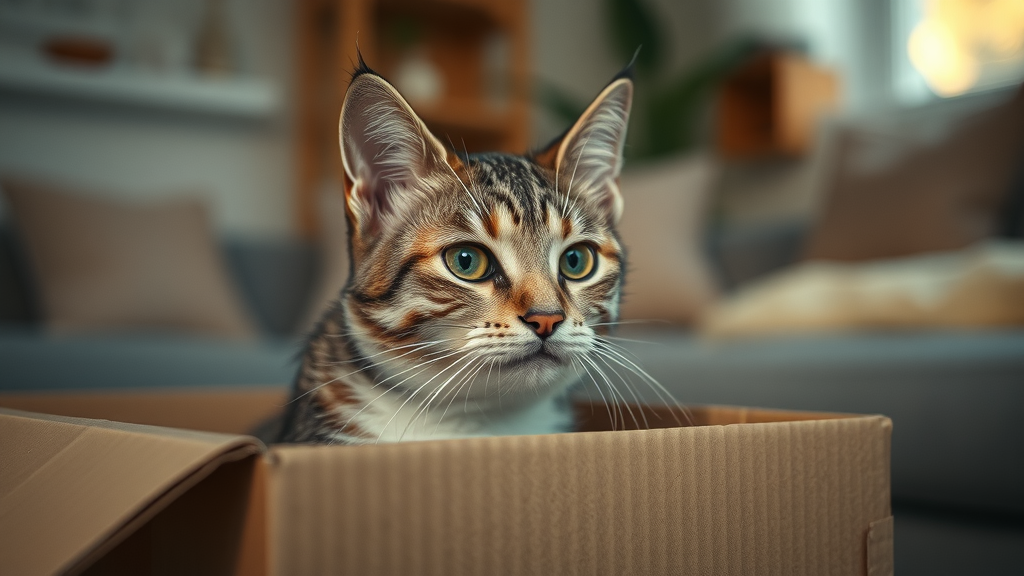
- The box as a retreat from household commotion
- How shy cats benefit from box time
- Cats love boxes as a boundary from overstimulation
Cats Love Boxes: Real-Life Observations and Stories
If you’ve ever brought home a package, you’ve witnessed the magic: before you finish unpacking, your cat loves the box first. Ask any pet parent, and you’ll hear delightful anecdotes of cats squeezing into the smallest boxes, patiently waiting their turn, or even forming a queue when multiple boxes appear. Viral videos of cats love boxes moments have brought smiles to millions, revealing this universal quirk across homes of every size.
Communities online are filled with heartwarming and hilarious stories—such as the cat that refused to sleep anywhere but inside a cereal box for weeks or the pair of kittens who turned a shipping box into their clubhouse. These stories aren’t limited to domestic cats. Zookeepers have reported that big cats—from tigers to lions—display strikingly similar behavior, making scientists and animal lovers alike wonder just how universal the love of boxes truly is.
So, why do cats love boxes so much that it becomes part of household culture? Maybe it’s because they see every new box as a blank canvas for adventure. Or perhaps it’s just the pure joy of finding the perfect spot to hide, nap, and play. Share your own "cats love boxes" stories with fellow pet lovers and help unravel the mystery further!
- Pet parents’ anecdotes about their cats and cardboard boxes
- Heartwarming viral moments featuring cats and boxes
- Community input: Why do cats love boxes in your home?
When Cats Love Boxes Too Much: Safety and Supervision Tips
While cats love boxes , it’s important to make sure their playtime is safe. Inspect every cardboard box for sharp edges, staples, tape, or small pieces your cat could chew on or swallow. Avoid boxes that have been treated with chemicals, ink, or strong odors, as these can be harmful if ingested. For kittens, make sure the box is stable and won’t tip over. Supervise early play sessions until you know your cat’s box style—some cats may try to eat cardboard, while others simply curl up and nap.
When introducing a new box, consider adding a soft blanket, safe toys, or even sprinkle a pinch of catnip inside the box for added attraction. Always give your cat the choice—never force them into the box. Remember, the goal is to foster their independence and sense of security. With a little planning, boxes can become a positive, enriching part of your cat’s daily life.
Here are some practical tips for ensuring box fun is both safe and stimulating:
- Remove all stickers, plastic, or tape before offering the box
- Check for stability if stacking boxes for a play fort
- Replace damaged or soggy boxes promptly
- Supervise young kittens at first
- Keep boxes in areas away from food, litter boxes, or doors that may slam
| Feature | Cardboard Box | Cat Bed | Cat Tower |
|---|---|---|---|
| Cost | Low | Medium | High |
| Insulation/Warmth | Excellent | Good | Good |
| Privacy | High | Medium | Low |
| Sustainability | Recyclable | Varies | Durable |
People Also Ask: Why Do Cats Like Sitting on Cardboard Boxes?
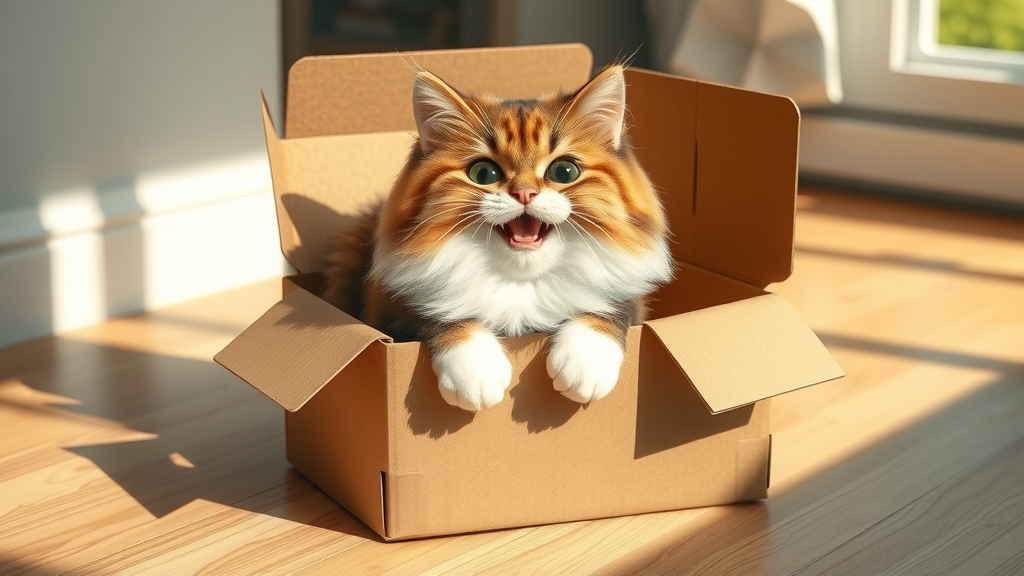
- The snugness makes cats feel safe
- Cardboard box limits external stimuli
- Territorial satisfaction in a cardboard box
People Also Ask Answer
- Cats like sitting on cardboard boxes because the confined space offers a sense of security, the cardboard retains warmth, and being high or enclosed gives them a strategic view of their surroundings.
People Also Ask: Why Are Cats So Attracted to Cardboard?
- Cardboard texture attracts scratching and nesting behaviors
- The unique smell of cardboard boxes is irresistible
- Cardboard provides a satisfying outlet for sensory exploration
People Also Ask Answer
- Cats are attracted to cardboard because it stimulates their senses through texture, temperature, and even odor absorption. Cardboard also encourages natural behaviors like scratching, chewing, and exploring.
People Also Ask: Why Are Cats Obsessed with Squares?
- Natural attraction to defined boundaries
- Sitting in squares mimics the comfort of boxes
- Squares signal a safe zone for many cats
People Also Ask Answer

- Cats are obsessed with squares because these shapes offer boundaries that signal safety and security. Even a taped outline of a square on the floor can become an irresistible lounging spot for cats.
Felines and Cardboard Boxes: Fascinating Cat Facts
The love of boxes isn’t a recent phenomenon— cats love boxes for evolutionary reasons. In the wild, ambush predators like leopards and lions hide in small spaces to stalk prey and stay safe. Domesticated cats retain this same drive, which is why even a living room box becomes their favorite hideout. Over centuries, the quirky image of a cat in a box has inspired art, memes, and viral internet videos—turning boxes into a symbol of feline charm worldwide.
Cardboard boxes have also played a significant role in internet cat fame. Accounts and viral challenges, such as the "if I fits, I sits" trend, highlight both the humor and universality of this fascination. In Japan, architects have even designed furniture inspired by cats’ preference for boxes, evolving into "cat hotels" and modular box playgrounds. Each culture finds a unique way to celebrate the ancient bond between cats and their beloved boxes.
From shelter cats gaining comfort to Instagram-famous felines breaking the internet, boxes offer countless opportunities for creativity and fun. Next time your cat makes a beeline for the nearest box, remember—they’re participating in a behavior that spans continents and generations.
- Evolutionary reasons why cats love boxes
- Cultural impact: Boxes and internet cat fame
- Unique ways cats use cardboard boxes worldwide
Expert Insights: Why Do Cats Love Boxes, According to Behaviorists?
Ask any feline behaviorist, and you’ll hear the same verdict: boxes provide environmental enrichment that rivals any toy. Since cats are ambush predators , boxes simulate the ideal hunting environment, keeping both brain and body active. The contrast with typical cat toys is striking—while toys may lose interest, the allure of a cardboard box never fades, making it a top choice for environmental enrichment in multi-cat households and shelters alike.
Many experts conclude that domestic cats prefer cardboard boxes over other hideouts for their unique combination of warmth, privacy, and malleability. The familiar scent and soft, yielding texture satisfy both their territorial instincts and comfort needs. Dr. Jane H., a well-known feline behaviorist, famously said, “If you give a cat a box, you give them the world.” Her team’s studies confirmed that most cats use boxes for comfort far more than any other object in their environment.
Recent research backs up these observations, showing that cats with access to boxes display notably less stress. Boxes help with conflict resolution among multiple cats and provide a safe boundary for cautious felines. Given the choice, cats almost always prefer their humble cardboard sanctuary—even over the fanciest of beds!
“If you give a cat a box, you give them the world.” – Feline behaviorist Dr. Jane H.

- Environmental enrichment explained
- Why most cats like boxes more than toys
- Quotes and studies from feline behavior experts
Top 8 Reasons Why Do Cats Love Boxes and Cardboard Boxes
- Boxes provide warmth and insulation
- Cardboard boxes offer a sense of safety
- They’re the ultimate play zone
- Boxes absorb and retain familiar scents
- Cardboard satisfies scratching urges
- Cats use boxes for privacy
- Boxes help reduce feline stress
- Cardboard boxes are easily accessible in most homes
Frequently Asked Questions about Why Do Cats Love Boxes
-
Can cardboard boxes be dangerous for cats?
Most boxes are very safe, but always check for staples, tape, or chemicals before giving a box to your cat. Discard boxes that become wet or heavily chewed to prevent choking hazards or blockage. -
Are expensive cat beds better than a simple box?
Not always! Many cats actually prefer cardboard boxes because they offer privacy, warmth, and texture. The best hideout is the one your cat chooses—and for many, boxes win every time. -
Should you let your kittens play in cardboard boxes?
Yes, but supervise playtime at first. Ensure there are no small pieces that kittens could swallow and always use clean, sturdy boxes. Boxes are wonderful for kitten enrichment and play.
Love Boxes, Love Cats: Final Thoughts on Feline Fascination with Cardboard Box Comfort
- Celebrating cats’ quirky love boxes behavior
- Key takeaways on why do cats love boxes
- How to make the most of cats love boxes at home
“To love a cat is to love a cardboard box.”
Never Miss a Secret: Subscribe for More Pet Insights!
- Stay informed. Stay inspired. Subscribe to our monthly pet newsletter for the best in cat and dog care. 🐾 Join now — your inbox will thank you.
Cats’ fascination with boxes is deeply rooted in their instincts and biology. Enclosed spaces like boxes provide a sense of security, allowing cats to hide from potential threats and observe their surroundings without being seen. This behavior mirrors their wild ancestors, who sought out confined spaces for protection and as strategic vantage points for hunting. ( britannica.com )
Boxes also serve as stress relievers for cats. A study conducted by the University of Utrecht found that shelter cats with access to boxes adapted more quickly to their new environment and exhibited lower stress levels compared to those without boxes. The enclosed space offers a safe haven where cats can retreat and feel at ease. ( purina.co.uk )
Additionally, boxes provide warmth and comfort. Cats have a higher thermoneutral zone than humans, preferring temperatures between 86–97°F. The insulating properties of cardboard help retain body heat, creating a cozy environment that appeals to cats’ preference for warmth. ( wired.com )
Furthermore, boxes stimulate cats’ natural hunting instincts. The confined space allows them to hide and pounce, mimicking the ambush tactics used by their wild counterparts. This type of play provides both mental and physical stimulation, contributing to their overall well-being. ( petmd.com )
In summary, cats’ love for boxes can be attributed to the security, stress relief, warmth, and play opportunities they offer, all of which align with their natural behaviors and instincts.
 Add Row
Add Row  Add
Add 


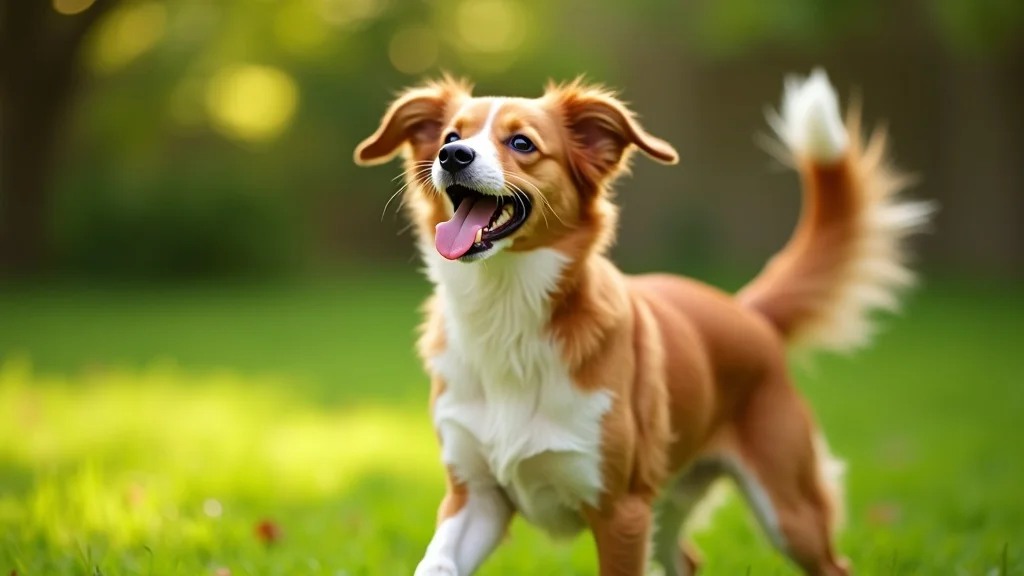

Write A Comment